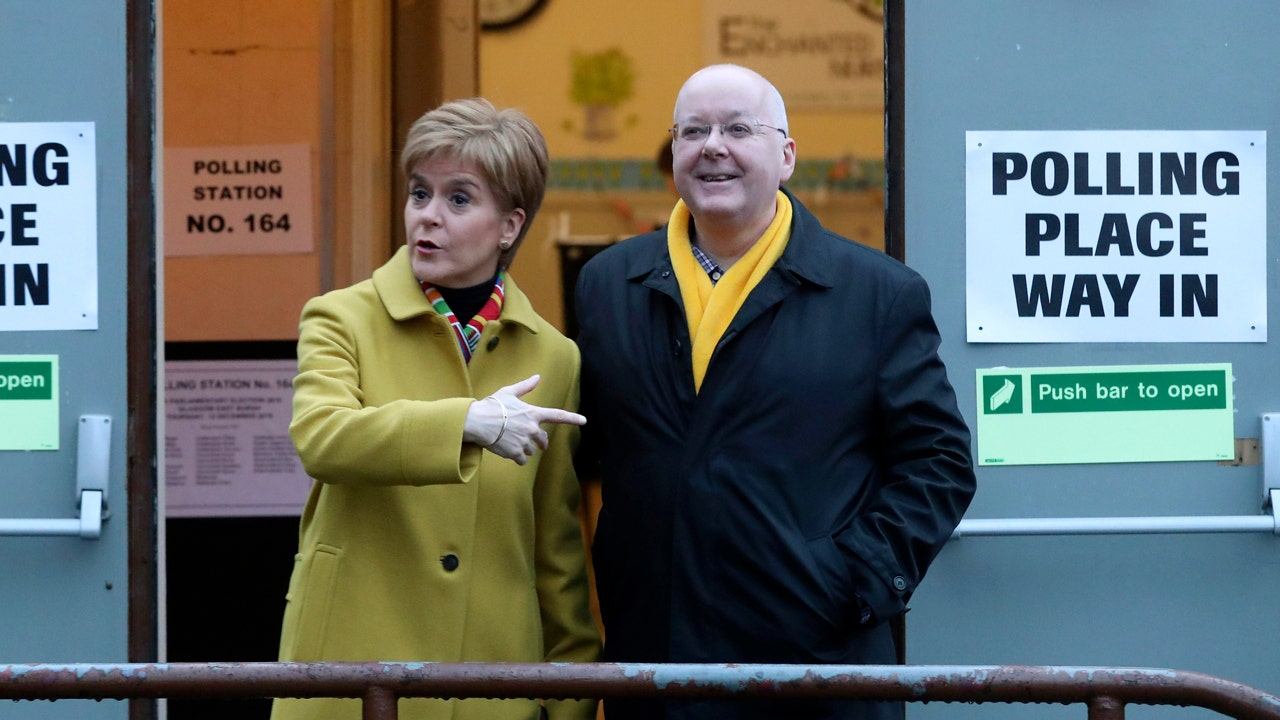Royal family members sit for portraits a lot. And even when they don’t, artists paint them anyway. Some of these portraits have drawn near-unanimous praise and stood the test of time, captivating viewers generations later. Others have attracted mixed reactions, scandal or controversy.
With some artworks, critics objected royals were too gloomy, too naked, or, in the case of King Charles III’s latest portrait, too red.
In the painting unveiled on Tuesday, Charles is enveloped in a cloud of crimson, hot pink and fuchsia.
The artist, Jonathan Yeo, told The New York Times in an interview last month that he got to know his subject over four sittings, beginning in 2021, when Charles was still Prince of Wales, and continuing after the coronation last May.
“Age and experience were suiting him,” Mr. Yeo said. “His demeanor definitely changed after he became king.”
“Life and death and bloodlines and damask. Wonderful,” wrote Jonathan Foyle, a British academic, on social media. But not everyone was as impressed.
One social media user said the king looked in the painting as if he was “burning in hell.” Others compared the work to the possessed portrait in the 1989 film “Ghostbusters II,” haunted by a medieval tyrant’s ghost.
“Has a portrait of a blue-blooded British monarch ever been so very pink?” Laura Freeman, The Times of London’s chief art critic, wrote. While she praised the face (“beautifully done”), saying that Mr. Yeo deserved a knighthood for it, she added, “and off to the Tower with the background to await a grisly execution.”
The Daily Telegraph’s art critic Alastair Sooke noted that “painting a monarch ranks among the toughest of artistic gigs” and concluded that one thing seemed certain: the portrait “will be remembered for its fluorescence.”
Here are other royal portraits, painted with less jaunty palettes, but in their own way, as surprising or contentious.
Kate: ‘Vampiric’
While some described the then Duchess of Cambridge’s first official portrait as natural and human, the reception that greeted Paul Emsley’s soft and diaphanous 2012 painting of the former Kate Middleton — now Catherine, Princess of Wales — was marked by harsh criticism.
The Guardian’s culture writer Charlotte Higgins said it was like “something unpleasant from the Twilight franchise,” referring to the brooding vampire romance movies. She decried the Duchess’s “vampiric, malevolent glare beneath heavy lids,” which give the portrait a “sepulchral gloom.”
That was not the worst feedback the portrait received.
Michael Glover of The Independent called the portrait “catastrophic.”
According to British Vogue, Mr. Emsley said that the attacks were so nasty at first that “there was a point where I myself doubted that the portrait of the duchess was any good.”
But British newspapers quoted Kate as telling the artist that she found the portrait “amazing. Absolutely brilliant.”
Queen Elizabeth II: ‘Decapitated’
“The queen had already been decapitated, albeit on canvas, by her latest portrait painter,” the BBC wrote when Justin Mortimer painted Queen Elizabeth II on a yellow background with her head floating away from her body.
The artist, who was 27 when he was commissioned to paint the portrait by the Royal Society of Arts after winning the National Portrait Gallery’s portrait award in 1991, told the BBC he had aimed for the painting to be “fresh and funky.”
Some loved it, but many Britons did not get the joke.
“‘Silly’ artist cuts off the queen’s head,” The Daily Mail wrote.
Mr. Mortimer told The New York Times that after the Queen sat for him, “I ended up basically taking out her neck” to be “cheeky.”
“I knew people would bring ideas, like, ‘Cut off her head!’ to it,” he said. “I didn’t go in as a raging republican. I just wanted to suggest this vein of unease about the royal family at the time.”
Prince Philip: Shirtless
In a 2003 portrait by Stuart Pearson Wright, Prince Philip, the husband of Queen Elizabeth II, stands bare chested with a bluebottle on one shoulder and a sprout of cress growing out of his index finger.
The painting was initially commissioned by the Royal Society of Arts to honor their Philip as its president, and he sat for it, but the final result was deemed “inappropriate,” the artist told the BBC. He was asked to come up with a smaller version that only focused on the prince’s face, which is now on view at the Royal Society of Arts.
Mr. Pearson Wright told the BBC that when he showed the prince the work in progress and asked if he thought it resembled him, Philip told him, “I bloody well hope not.”
The portrait is titled “Homo sapiens, Lepidium sativum and Calliphora vomitoria”: a wise man, some cress and a bluebottle. Prince Philip did not strip off during the sitting, Mr. Wright told The Guardian, explaining that he had based the hairy chest on that of an older man in East London.
Queen Victoria: ‘Sexy’
“Victorian” is often used as a synonym for prudishness and modesty, but in a 1843 portrait by Franz Xaver Winterhalter, the queen is far from buttoned up.
In the oil painting, a lock of Victoria’s hair falls lavishly over her uncovered shoulder as she leans against a red cushion, gazing into the distance with her mouth slightly open.
Prince Albert, Victoria’s husband, kept the painting in his private writing room at Windsor Castle until his death, and the portrait was considered to be too overtly sexual to be shown to the public until 1977, according to The Telegraph.
The Daily Mail called the portrait, which Victoria gave Albert as a surprise 24th birthday present, a “sexy picture.” The Royal Collection Trust, which manages the royal art collection, deems it “alluring,” and says it was Albert’s favorite portrait of Victoria.
“I felt so happy and proud to have found something that gave him so much pleasure,” Victoria wrote in her diary.
In the 1530s, Hans Holbein the Younger painted a majestic portrait of Henry VIII in which the monarch dominates his surroundings, his feet planted apart, his body draped in furs and golden cloth. The painting, now lost, was copied widely at the time and is acknowledged as a masterpiece of royal iconography. But one detail in particular tends to draw the eye of modern observers.
Among all the finery and symbols of grandeur, Henry’s padded codpiece seems designed to arrest the viewer’s attention.
Codpieces, the pieces of cloth that Renaissance men wore over their crotches, sometimes decorated with silk, velvets and bows, initially served a protective purpose, but they became exaggerated in a game of one-upmanship, according to BBC History Magazine.
“What better way to assert your masculinity than by having a mighty codpiece bulge out of the center of your portrait like a 3-D object?” Evan Puschak, an art and culture critic, said.
“Henry VIII remains the poster boy for codpieces,” The New Yorker wrote.






